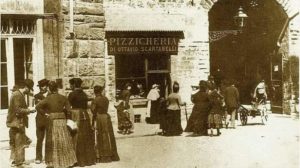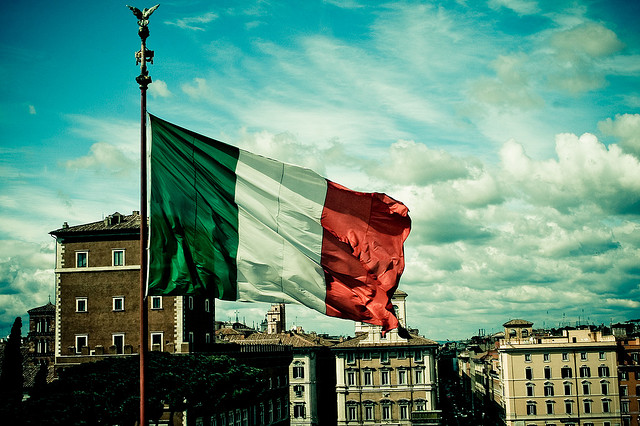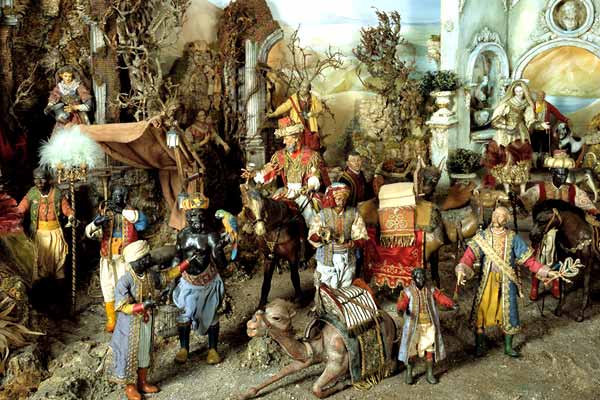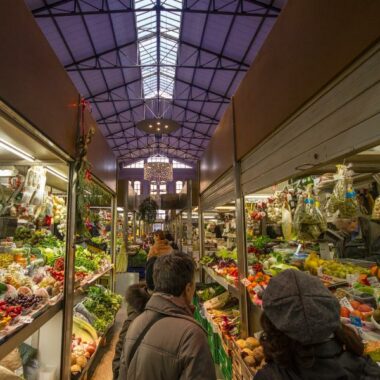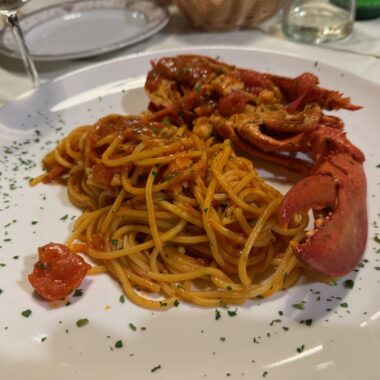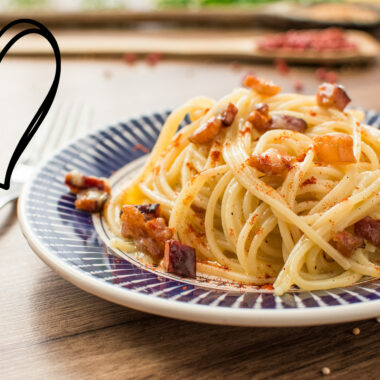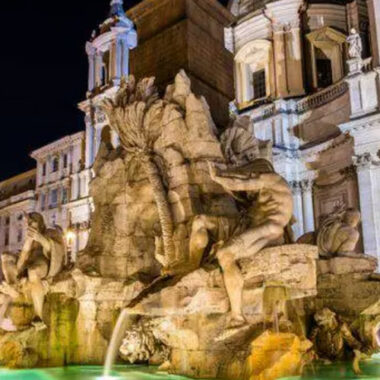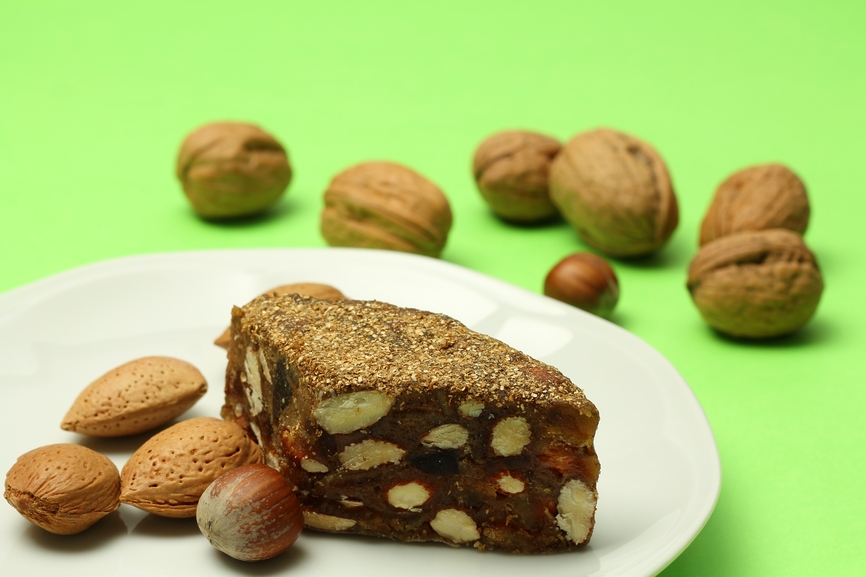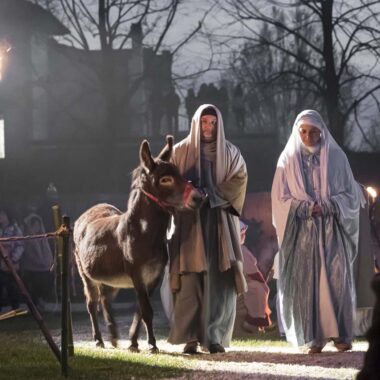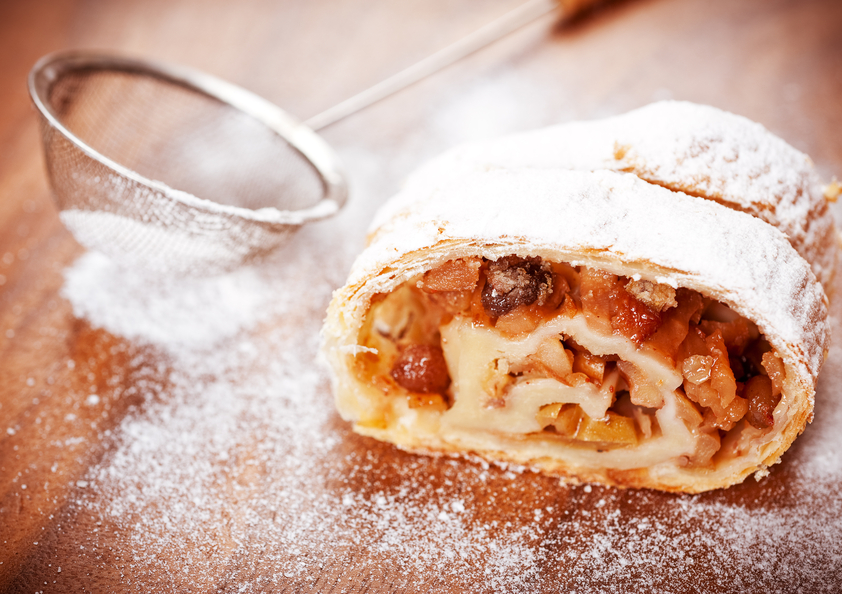The term pizzicagnolo is never out of style. You may be wondering what this term means and why it is so important in Italian cuisine. This article will explain who the pizzicagnoli are, what they did in the past, and, most importantly, how they influenced Italian gastronomy!
Since the 14th century, it has been a key professional figure. Its role has evolved and changed in a variety of ways over time. Younger children may have never heard of it, or at least not under that name.
But let’s take it slowly…
The pizzicagnolo is still present in small rural villages and historic locations. If he is still in business, he represents one of the few people who are part of this wonderful tradition.
It’s a true art form that smells of history. You can still smell it as you walk through the paths of ancient country villages.
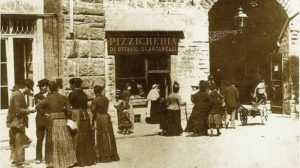
The Pizzicagnoli or Pizzicaiuoli were vendors of cheese, cold cuts, fruits, vegetables, and everyday household items. Today, we might call them gastronomes or delicatessens, though there are some differences. This profession has obviously evolved over time and has followed market trends. Because today’s gastronome is not exactly comparable to the pizzicagnolo of centuries ago, it is difficult to find its true and traditional interpretation.
Consider Tuscany in the fourteenth century, when the trade of essential goods determines the fortunes of entire cities. They are industry experts whose products are a luxury that not everyone can afford.
…How did you progress from village merchant, keeper of centuries-old traditions, to supermarket gastronome? Above all, do the pizzicagnoli of yesteryear still exist?
Pizzicagnoli’s history
Food stores in Italy, also known as Alimentari or Pizzicagnoli stores, have a long history dating back to medieval times. During this time period, people primarily bought food from street vendors and local markets.
We are in the fourteenth century, and Pizzicagnoli’s first activities are taking shape.
These shops were mostly run by merchants who sold food items like spices, olive oil, and dried goods. Alimentari stores were located in high-traffic areas such as markets and city centers, allowing customers easy access to their products.
In 1338, a true guild was formed, uniting the trades of several traders, Oliandoli and Pizzicagnoli.
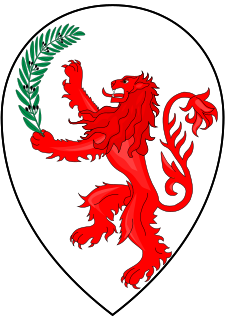
Oliandoli them – those who extracted oil from Florentine olives – is an even older tradition. As the business grew, these characters began selling oil by the minute, tasting oils from distant olive groves, and so on. As a result, the activity of oiling and pinching overlap, with the only difference being the product to sell.
You probably don’t know this, but oil was one of the four most important things in human life for the Tuscans of the time!
For these reasons, when the activities became influential, the guild took shape and was called “Arte degli Oliandoli e dei Pizzicagnoli“.
The location of the corporation and its economic and professional development is not by chance. Florence, in fact, can lay claim to being one of the wealthiest cities in Europe during the Middle Ages.
Historians attribute much of its prestige to foresight in establishing lay associations to defend the common interests of those who practiced the same profession. These associations were known as “Arts” and Oliandoli and Pizzicagnoli‘s was one of them.
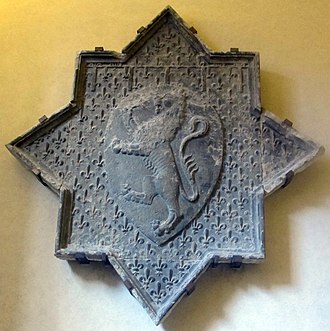
The fame and weight of tradition elevated this class of workers, who became more politically relevant.
How Pizzicagnoli stores (Alimentari) evolved today
During the nineteenth century, Pizzicagnoli shops began to specialize in selling specific foods such as cheese, salami, and wine. The stores were frequently small and family-run, with the owners selecting the best products to sell based on their knowledge and expertise. They became an important part of the community, offering a place for people to get their daily necessities and socialize with their neighbors.
The Alimentari stores began to evolve and incorporate new technologies, such as refrigeration and modern packaging, in the twentieth century. This enabled the stores to broaden their product offerings by selling fresh produce, meat, and dairy products.
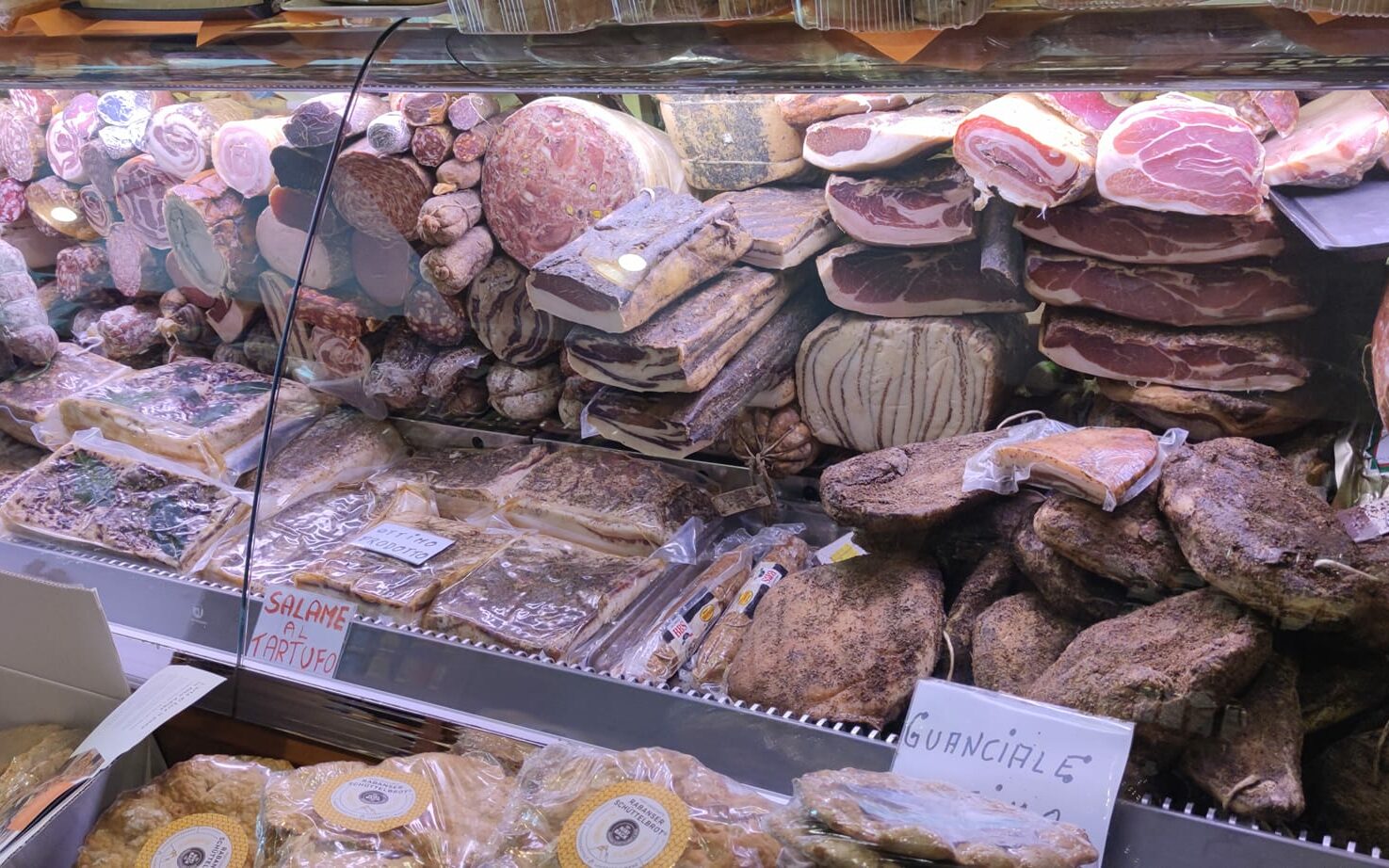
The personalized service distinguishes them from large supermarket chains. Customers frequently know the store owners by first name, and they take the time to offer recommendations and provide information on the origin and preparation of their products. This level of customer service is highly valued in Italy, and it is one of the reasons that Alimentari stores thrive.
Many have adapted to modern technology in recent years, offering online ordering and delivery services. This has made it easier for customers to get their favorite products, especially when visiting the store in person is difficult or inconvenient.
Despite these technological advances, the traditional in-person shopping experience remains an important part of Italian food culture.
Pizzicagnoli stores or Paninari?
The pizzicagnoli stores are rapidly evolving. In fact, in large cities, these places have frequently and willingly evolved into modern ones known as “paninari” in Italy.
The term “panino” refers to a sandwich. A “paninaro” is someone who currently fills bread with fresh, local products for customers. This term refers to both the employee and the location where you can find any type of sandwich with your preferred condiment!
Pizzicagnolo store now means a variety of activities. If you visit Italy and hear someone asking for its directions, you can be certain. It will undoubtedly prepare a delicious sandwich, and depending on the space, you can also purchase ham, salami, milk, and animal products.
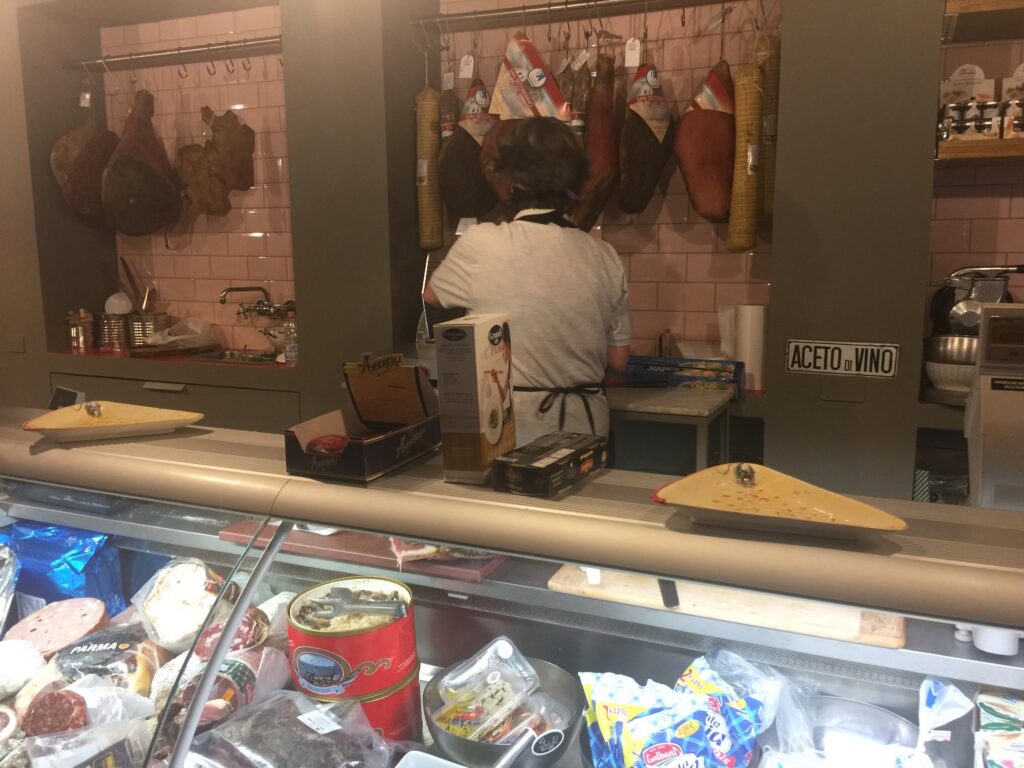
In line with the size of the restaurant, there may be many seats available for you to enjoy your meal in peace. Take note that not all of them have these spaces. Take care according to your requirements!
Alimentari stores are also popular with tourists, who visit these specialty shops to experience authentic Italian cuisine and culture. Some of these even provide cooking classes or guided tours to visitors to help them gain a better understanding of the products and traditions.
Finally, the history of food stores in Italy is rich and varied, reflecting the country’s changing needs and tastes throughout the centuries.
Let’s visit a Pizzicagnolo shop closer…
The photos below are from a Pizzicagnolo shop in Bolsena, Lazio.
If you’re interested, you can find the official Facebook page here.
The rusticity that characterizes these places is evident as you scroll through the images. Take note of the cold cuts hung on the wall behind the counter. Everything is visible, and the customer can feel the quality of the product before purchasing anything. Furthermore, the equipment in general harkens back to the past. I’m referring to the slicer, or even the strictly analog, rather than digital, scale!
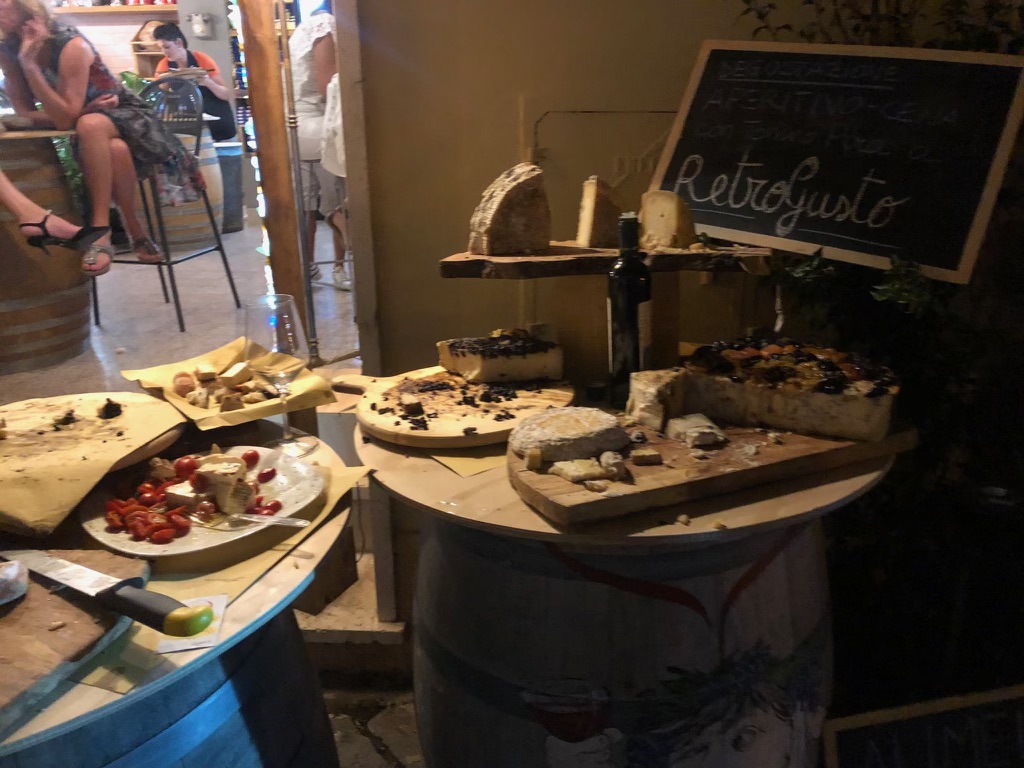
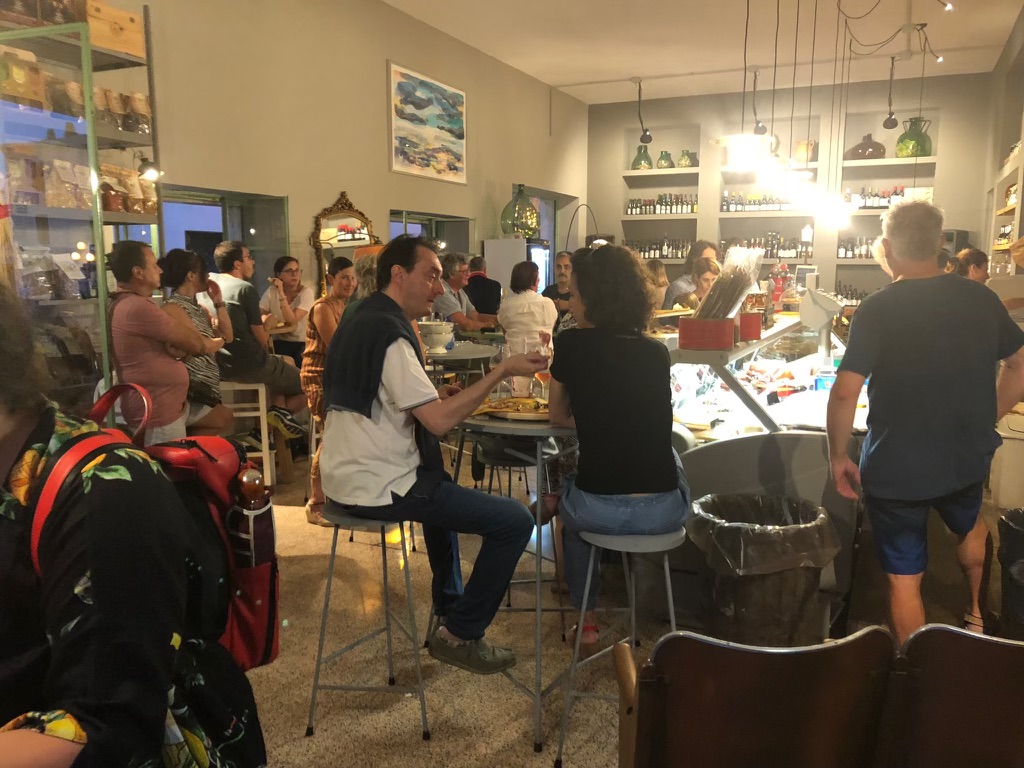
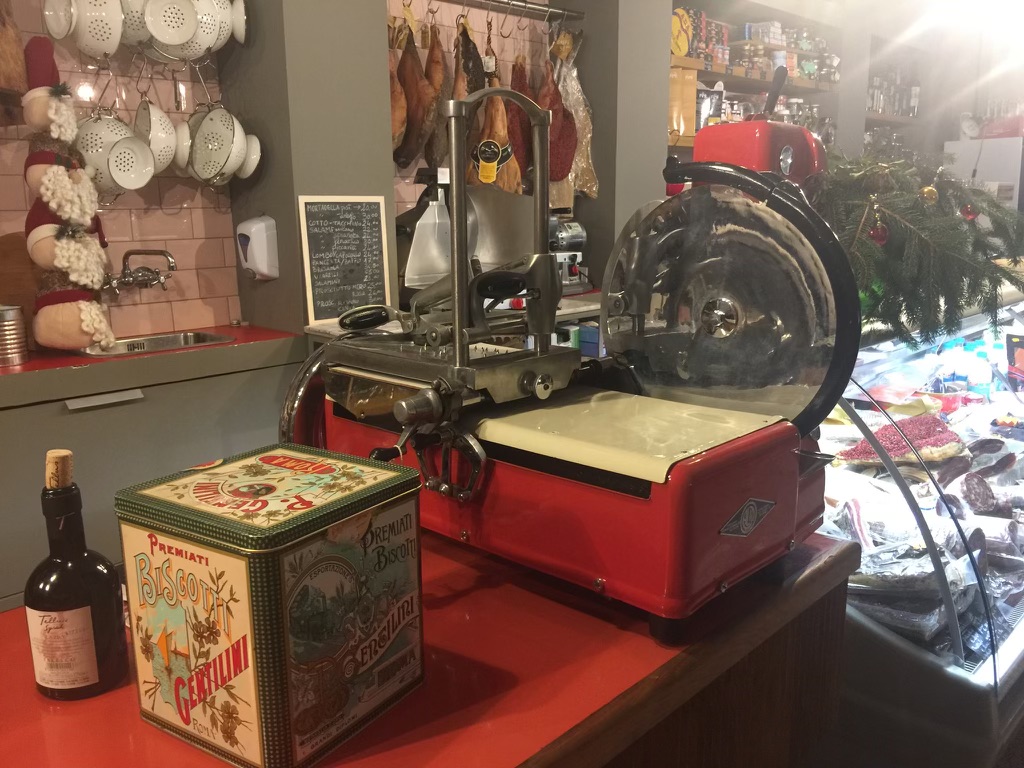
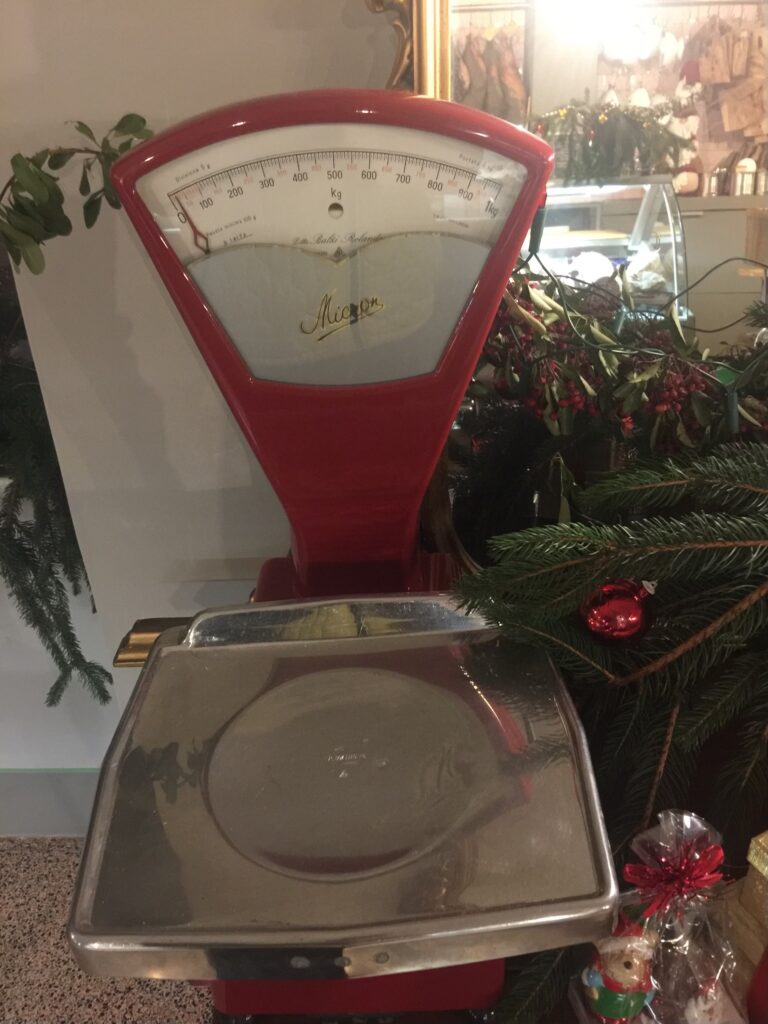
From medieval pizzicagnolo street vendors to modern Alimentari stores, these stores have remained an integral part of Italian life and are a source of pride for the country’s rich culinary heritage.
Credit for the cover image | Credit for the coat of arms | Credit for the Bardini museum pic
